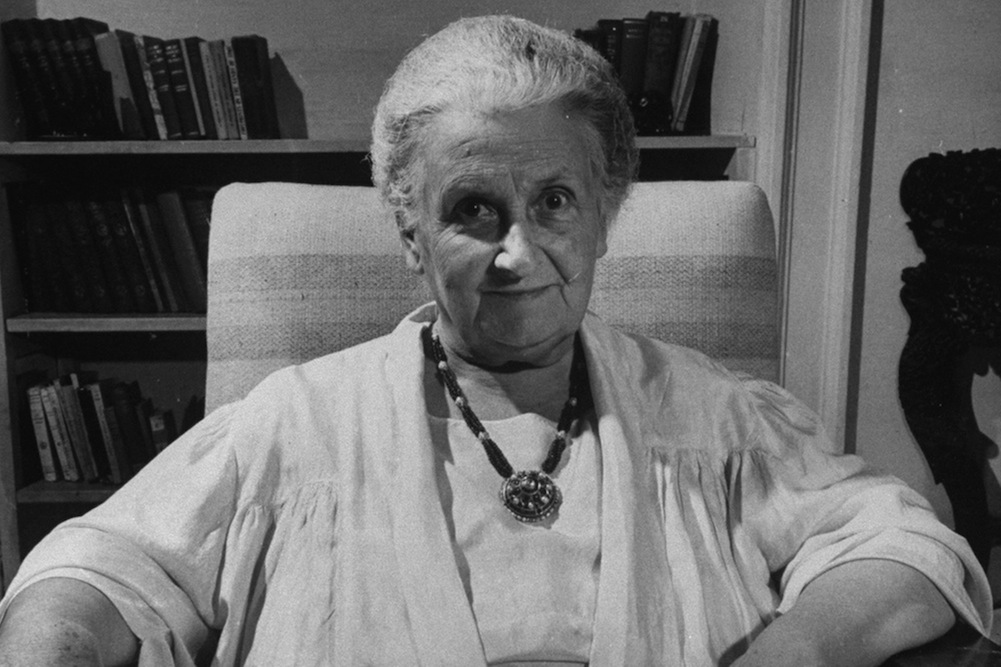Maria Montessori, who lived from 1870 to 1952, was a pioneering doctor in Italy. She gained international notice when the severely learning-disabled students she worked with passed educational tests designed for non-disabled children.
In her 2005 book “Montessori: The Science Behind the Genius,” University of Virginia psychologist Angeline Stoll Lillard described how Montessori viewed the learning-disabled. Such children were often locked up in bare rooms, Lillard wrote, their food thrown at them. Montessori saw “their grasping at crumbs of food on the floor as starvation not for food, but for stimulation,” she wrote.
Montessori developed a system of learning for all students, disabled and otherwise, in large open classrooms with low shelves, with tables of different sizes that fit one to four children and with chairs sized for children of different ages. Montessori classes often group children in three levels: ages 3 to 6, 6 to 9, and 9 to 12. The older students help the younger.
Various materials, mostly made of wood, are set out in a typical classroom. Children choose what they want to do. A child may decide to focus on learning to tie his shoes rather than recognize letters — while his mother grits her teeth. But eventually, according to the Montessori way, he will get around to the materials that help teach reading and math because all the activities are meant to be inviting. Children move around rather than sit still and watch the teacher.
Read full article: Montessori, Now 100, Goes Mainstream

